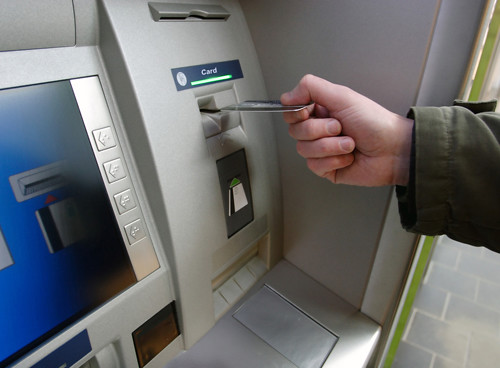4 Debit card risk activities you might be doing
Credit cards and debit cards are not created equal, learn the risks and how to avoid them
28 December 2011
It’s important for consumers to be aware of debit card risk, and the differences between debit and credit cards.
- Debit cards may look like credit cards (even function like them, depending on your bank), but there is one key difference: debit cards draw actual money from your checking account.
- Credit cards, on the other hand, allow money to be allotted as an intermediary account to the payee. Consumers who spot fraudulent charges on their credit card account can decline the charges and refuse to pay the bill.
Because of these differences, it’s important for a traveler to understand when using their debit card is dangerous. The following are the top riskiest places where you do not want to expose your debit card:
Outdoor ATMs that are open to the public
The practice known as ‘skimming’ has made outdoor, unsecured ATMs one of the most dangerous places to swipe your debit card. Skimming is the ability to capture a bank customer’s card information by running it through a machine that reads the magnetic strip on the card.
These devices are often placed over the ‘real’ card slots originally installed at ATMs and other card terminals. How do you spot these devices? If you really can’t wait, take a minute to examine the ATM machine components. If the device looks a little beat up or askew, it may have been tampered with.
Gas stations are another danger zone for debit card risk
Gas station payment terminals have many characteristics loved by card hackers – it’s out in the open, giving thieves easy access to capture the keystrokes as you enter your PIN using a basic camera device.
Combine that with a skimming device (easy to install in the dead of night when no one is watching) and they can empty your bank account before you get home. The recommendation? Because credit cards have better fraud protection, in most cases, consider using that form of payment or even paying in cash inside the building instead.
Giving your card number over the phone
When you give the card number over the phone for a purchase, that number can then be broadcast or sold to others with malicious intent.
Don’t give out your debit card over the phone. Last year, phony pizza advertisement flyers delivered to Disney World park visitors racked up a huge number of stolen credit and debit cards as tired park-goers called the flyer number, gave their card number, and never got a pizza delivered. Instead, their card data was instantly sold to processors in another country.
Using your card as payment for things you purchase online
This the number 1 place where consumers should not risk their debit cards according to Bankrate.com. Malware may be unknowingly installed on their computer or laptop, waiting for such a purchase to occur.
As we’ve seen many high profile breaches of large numbers of consumer debit cards in the last year or so, your data is vulnerable when you expose it online.
More reading
Damian Tysdal is the founder of CoverTrip, and is a licensed agent for travel insurance (MA 1883287). He believes travel insurance should be easier to understand, and started the first travel insurance blog in 2006.
